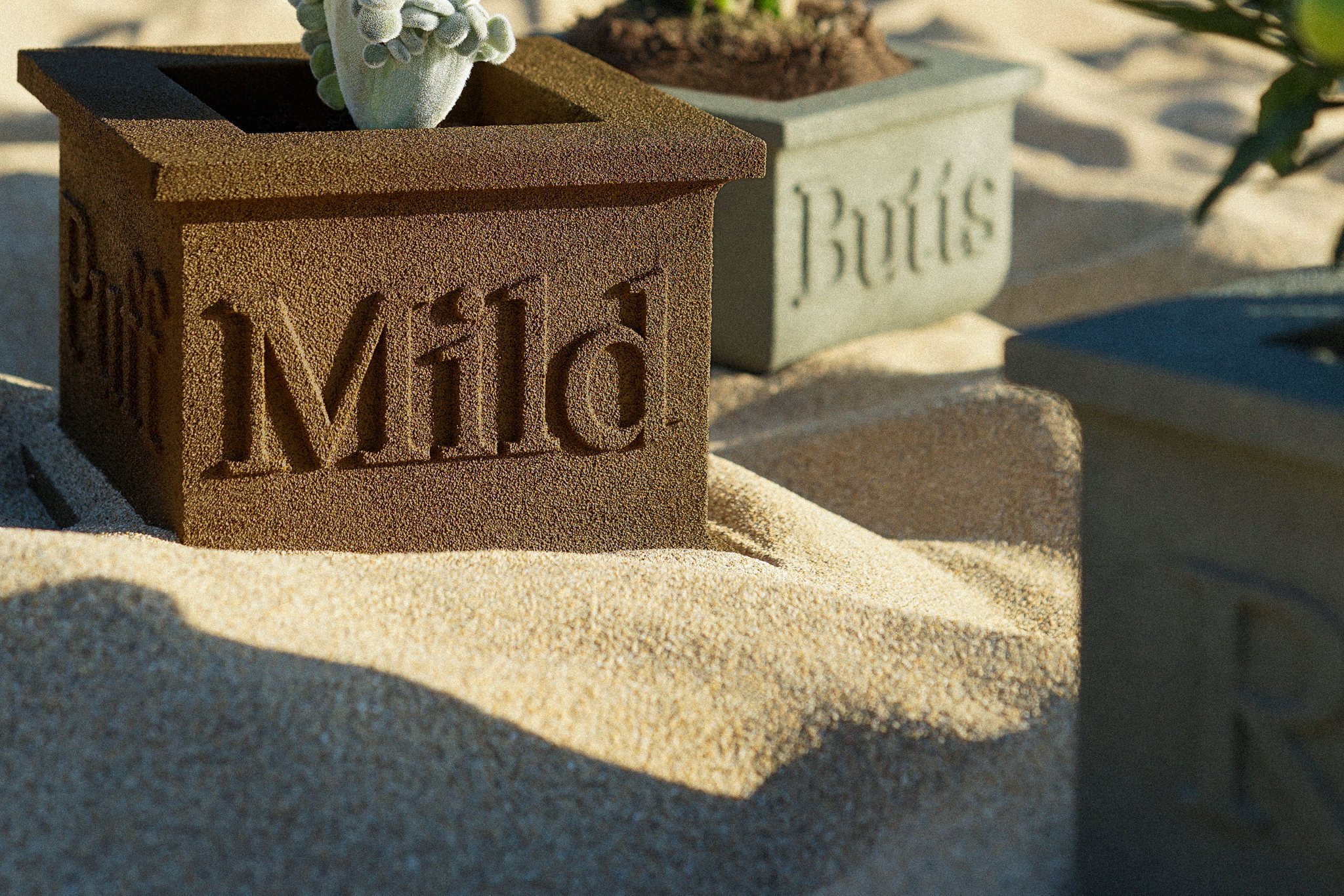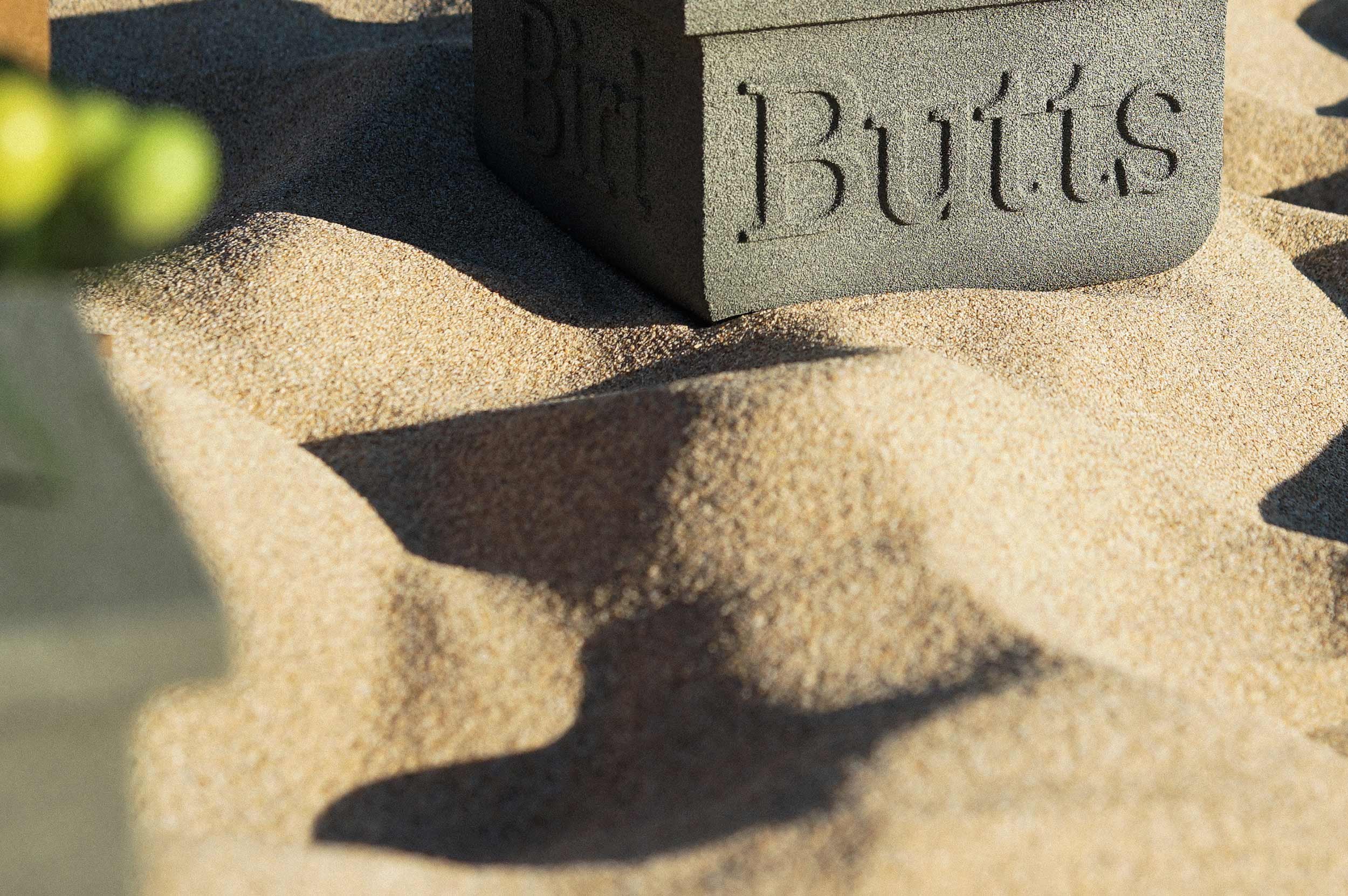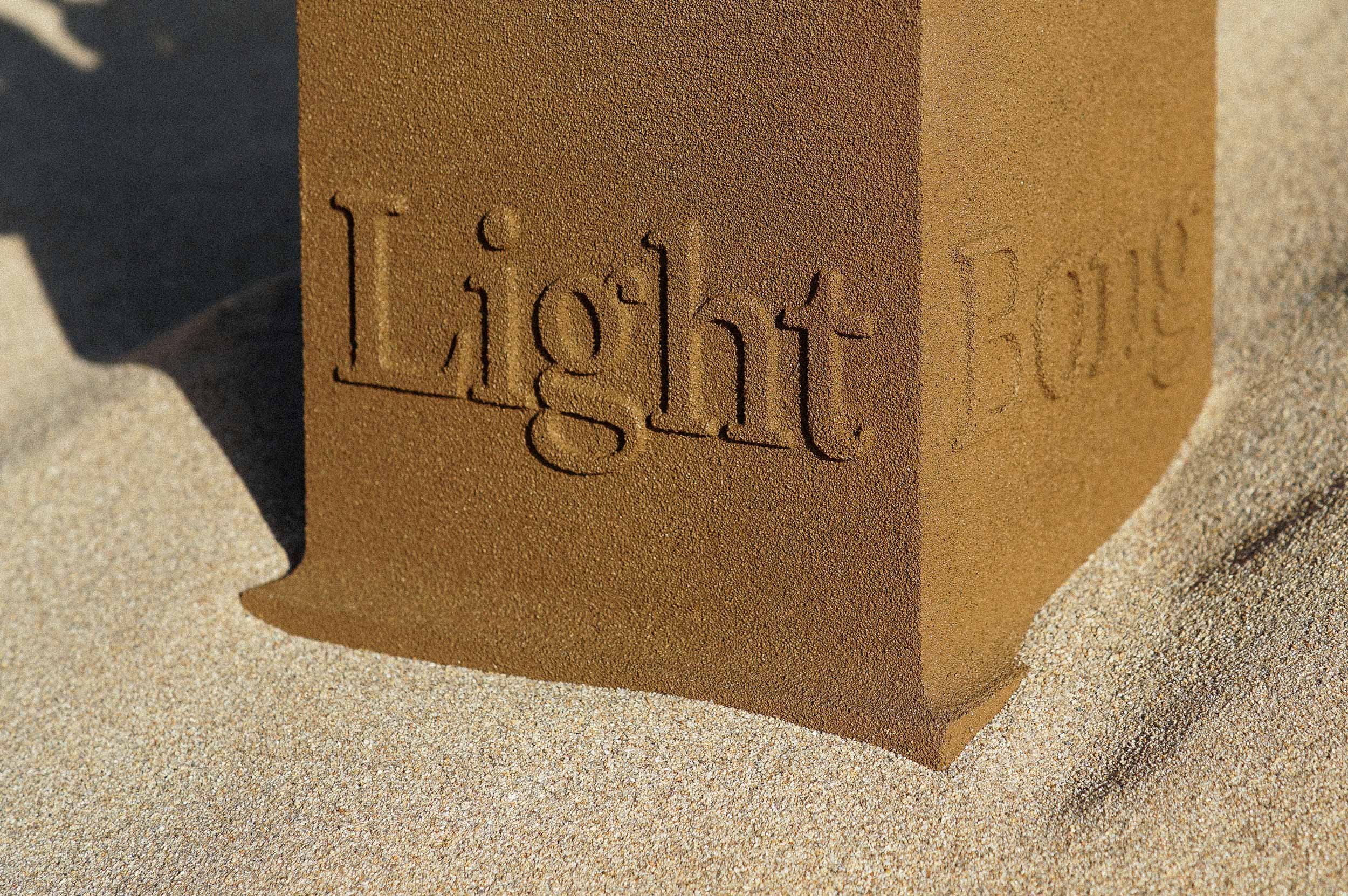
-
Cigars Strong9556 Thorne Ave.
Redondo Beach, CA 90278 -
Cigars Black9556 Thorne Ave.
Redondo Beach, CA 90278 -
Cigars Bold9556 Thorne Ave.
Redondo Beach, CA 90278 -
Cigars SemiBold9556 Thorne Ave.
Redondo Beach, CA 90278 -
Cigars Medium9556 Thorne Ave.
Redondo Beach, CA 90278 -
Cigars Regular9556 Thorne Ave.
Redondo Beach, CA 90278 -
Cigars Light9556 Thorne Ave.
Redondo Beach, CA 90278 -
Cigars Slim9556 Thorne Ave.
Redondo Beach, CA 90278 -
Cigars SuperSlim9556 Thorne Ave.
Redondo Beach, CA 90278

U.S. Department
of Health and Human
Services.
Centers for Control and Prevention
Office for
Smoking or Non-smoking,
2014
[accessed 2016 Oct 18].
Journal of
Adolescent Health
2013; 541:40–6
[accessed 2015 Oct 13].


Character overview
Uppercase (26 Glyphs)
-
0041A
-
0042B
-
0043C
-
0044D
-
0045E
-
0046F
-
0047G
-
0048H
-
0049I
-
004AJ
-
004BK
-
004CL
-
004DM
-
004EN
-
004FO
-
0050P
-
0051Q
-
0052R
-
0053S
-
0054T
-
0055U
-
0056V
-
0057W
-
0058X
-
0059Y
-
005AZ
Lowercase (26 Glyphs)
-
0061a
-
0062b
-
0063c
-
0064d
-
0065e
-
0066f
-
0067g
-
0068h
-
0069i
-
006Aj
-
006Bk
-
006Cl
-
006Dm
-
006En
-
006Fo
-
0070p
-
0071q
-
0072r
-
0073s
-
0074t
-
0075u
-
0076v
-
0077w
-
0078x
-
0079y
-
007Az
Accents Uppercase (166 Glyphs)
-
00C1Á
-
0102Ă
-
00C2Â
-
00C4Ä
-
00C0À
-
0100Ā
-
0104Ą
-
00C5Å
-
00C3Ã
-
01FAǺ
-
01CDǍ
-
0200Ȁ
-
0226Ȧ
-
1EA0Ạ
-
0202Ȃ
-
00C6Æ
-
01FCǼ
-
01E2Ǣ
-
1E02Ḃ
-
0106Ć
-
010CČ
-
00C7Ç
-
0108Ĉ
-
010AĊ
-
010EĎ
-
0110Đ
-
00D0Ð
-
1E10Ḑ
-
1E0AḊ
-
1E0CḌ
-
1E0EḎ
-
01C4DŽ
-
01C5Dž
-
00C9É
-
0114Ĕ
-
011AĚ
-
00CAÊ
-
00CBË
-
0116Ė
-
00C8È
-
0112Ē
-
0118Ę
-
0204Ȅ
-
1EB8Ẹ
-
1EBCẼ
-
0190Ɛ
-
018FƏ
-
1E1EḞ
-
011EĞ
-
011CĜ
-
0122Ģ
-
0120Ġ
-
01E6Ǧ
-
1E20Ḡ
-
0126Ħ
-
0124Ĥ
-
1E2AḪ
-
021EȞ
-
1E22Ḣ
-
1E24Ḥ
-
00CDÍ
-
012CĬ
-
00CEÎ
-
00CFÏ
-
0130İ
-
00CCÌ
-
012AĪ
-
012EĮ
-
0128Ĩ
-
01CFǏ
-
0208Ȉ
-
1ECAỊ
-
0197Ɨ
-
0132IJ
-
0134Ĵ
-
0136Ķ
-
01E8Ǩ
-
0139Ĺ
-
013DĽ
-
013BĻ
-
013FĿ
-
1E36Ḷ
-
0141Ł
-
1E3EḾ
-
1E40Ṁ
-
1E42Ṃ
-
0143Ń
-
0147Ň
-
0145Ņ
-
00D1Ñ
-
1E44Ṅ
-
1E46Ṇ
-
01F8Ǹ
-
019DƝ
-
1E48Ṉ
-
014AŊ
-
00D3Ó
-
014EŎ
-
00D4Ô
-
00D6Ö
-
00D2Ò
-
0150Ő
-
014CŌ
-
00D5Õ
-
01D1Ǒ
-
020CȌ
-
1ECCỌ
-
022EȮ
-
01EAǪ
-
00D8Ø
-
01FEǾ
-
0152Œ
-
1E56Ṗ
-
00DEÞ
-
0154Ŕ
-
0158Ř
-
0156Ŗ
-
0210Ȑ
-
1E5AṚ
-
1E5CṜ
-
1E5EṞ
-
015AŚ
-
0160Š
-
015CŜ
-
015EŞ
-
0218Ș
-
1E60Ṡ
-
1E62Ṣ
-
1E9Eẞ
-
00DFß
-
0166Ŧ
-
0164Ť
-
0162Ţ
-
021AȚ
-
1E6AṪ
-
1E6CṬ
-
00DAÚ
-
016CŬ
-
00DBÛ
-
00DCÜ
-
0170Ű
-
00D9Ù
-
016AŪ
-
0172Ų
-
016EŮ
-
0168Ũ
-
01D3Ǔ
-
0214Ȕ
-
1EE4Ụ
-
0244Ʉ
-
1E7CṼ
-
0194Ɣ
-
1E82Ẃ
-
0174Ŵ
-
1E84Ẅ
-
1E80Ẁ
-
00DDÝ
-
0176Ŷ
-
0178Ÿ
-
1EF2Ỳ
-
0232Ȳ
-
1EF8Ỹ
-
0179Ź
-
017DŽ
-
017BŻ
-
1E92Ẓ
Accents Lowercase (170 Glyphs)
-
00E1á
-
0103ă
-
00E2â
-
00E4ä
-
00E0à
-
0101ā
-
0105ą
-
00E5å
-
00E3ã
-
01FBǻ
-
01CEǎ
-
0201ȁ
-
0227ȧ
-
1EA1ạ
-
0203ȃ
-
00E6æ
-
01FDǽ
-
01E3ǣ
-
1E03ḃ
-
0107ć
-
010Dč
-
00E7ç
-
0109ĉ
-
010Bċ
-
010Fď
-
1E11ḑ
-
1E0Bḋ
-
1E0Dḍ
-
0111đ
-
1E0Fḏ
-
00F0ð
-
01C6dž
-
00E9é
-
0115ĕ
-
011Bě
-
00EAê
-
00EBë
-
0117ė
-
00E8è
-
0113ē
-
1EBDẽ
-
0119ę
-
0205ȅ
-
1EB9ẹ
-
025Bɛ
-
0258ɘ
-
0259ə
-
01DDǝ
-
1E1Fḟ
-
011Fğ
-
011Dĝ
-
0123ģ
-
0121ġ
-
01E7ǧ
-
1E21ḡ
-
0263ɣ
-
0127ħ
-
0125ĥ
-
1E2Bḫ
-
021Fȟ
-
1E23ḣ
-
1E25ḥ
-
00EDí
-
012Dĭ
-
00EEî
-
00EFï
-
00ECì
-
012Bī
-
012Fį
-
0129ĩ
-
0131ı
-
01D0ǐ
-
0209ȉ
-
1ECBị
-
0268ɨ
-
0133ij
-
0135ĵ
-
0237ȷ
-
0137ķ
-
01E9ǩ
-
03BAκ
-
013Aĺ
-
013Eľ
-
013Cļ
-
0140ŀ
-
1E37ḷ
-
0142ł
-
1E3Fḿ
-
1E41ṁ
-
1E43ṃ
-
0144ń
-
0148ň
-
0146ņ
-
0149ʼn
-
00F1ñ
-
1E45ṅ
-
1E47ṇ
-
01F9ǹ
-
0272ɲ
-
1E49ṉ
-
014Bŋ
-
00F3ó
-
014Fŏ
-
00F4ô
-
00F6ö
-
00F2ò
-
0151ő
-
014Dō
-
00F5õ
-
01D2ǒ
-
020Dȍ
-
1ECDọ
-
022Fȯ
-
01EBǫ
-
00F8ø
-
01FFǿ
-
0153œ
-
1E57ṗ
-
00FEþ
-
0155ŕ
-
0159ř
-
0157ŗ
-
0211ȑ
-
1E5Bṛ
-
1E5Dṝ
-
1E5Fṟ
-
015Bś
-
0161š
-
015Dŝ
-
015Fş
-
0219ș
-
1E61ṡ
-
1E63ṣ
-
00DFß
-
017Fſ
-
0167ŧ
-
0165ť
-
0163ţ
-
021Bț
-
1E6Bṫ
-
1E6Dṭ
-
00FAú
-
016Dŭ
-
00FBû
-
00FCü
-
0171ű
-
00F9ù
-
016Bū
-
0173ų
-
016Fů
-
0169ũ
-
01D4ǔ
-
0215ȕ
-
1EE5ụ
-
0289ʉ
-
1E7Dṽ
-
1E83ẃ
-
0175ŵ
-
1E85ẅ
-
1E81ẁ
-
00FDý
-
0177ŷ
-
00FFÿ
-
1EF3ỳ
-
0233ȳ
-
1EF9ỹ
-
017Aź
-
017Ež
-
017Cż
-
1E93ẓ
Lowercase Stylistic Set 01 (1 Glyphs)
-
0072r
Ligatures (11 Glyphs)
-
0133ij
-
fb
-
ff
-
ffb
-
ffh
-
ffi
-
ffl
-
fi
-
fj
-
fk
-
fl
Figures (10 Glyphs)
-
00300
-
00311
-
00322
-
00333
-
00344
-
00355
-
00366
-
00377
-
00388
-
00399
Tabular Lining Figures (10 Glyphs)
-
00300
-
00311
-
00322
-
00333
-
00344
-
00355
-
00366
-
00377
-
00388
-
00399
Case Sensitive Figures (10 Glyphs)
-
00300
-
00311
-
00322
-
00333
-
00344
-
00355
-
00366
-
00377
-
00388
-
00399
Oldstyle Figures (10 Glyphs)
-
00300
-
00311
-
00322
-
00333
-
00344
-
00355
-
00366
-
00377
-
00388
-
00399
Tabular Oldstyle Figures (10 Glyphs)
-
00300
-
00311
-
00322
-
00333
-
00344
-
00355
-
00366
-
00377
-
00388
-
00399
Slashed Zero (3 Glyphs)
-
00300
-
00300
-
00300
Roman Figures (16 Glyphs)
-
2160Ⅰ
-
2161Ⅱ
-
2162Ⅲ
-
2163Ⅳ
-
2164Ⅴ
-
2165Ⅵ
-
2166Ⅶ
-
2167Ⅷ
-
2168Ⅸ
-
2169Ⅹ
-
216AⅪ
-
216BⅫ
-
216CⅬ
-
216DⅭ
-
216EⅮ
-
216FⅯ
Math (29 Glyphs)
-
002B+
-
2212−
-
00D7×
-
00F7÷
-
003D=
-
2260≠
-
003E>
-
003C<
-
2265≥
-
2264≤
-
00B1±
-
2248≈
-
007E~
-
00AC¬
-
005E^
-
221E∞
-
2205∅
-
222B∫
-
2211∑
-
0394Δ
-
03A9Ω
-
220F∏
-
03C0π
-
03BCμ
-
221A√
-
2202∂
-
0023#
-
0025%
-
2030‰
Tabular Lining Math (16 Glyphs)
-
002B+
-
2212−
-
00D7×
-
00F7÷
-
003D=
-
2260≠
-
003E>
-
003C<
-
2265≥
-
2264≤
-
00B1±
-
2248≈
-
007E~
-
00AC¬
-
0023#
-
0025%
Case Sensitive Math (14 Glyphs)
-
002B+
-
2212−
-
00D7×
-
00F7÷
-
003D=
-
2260≠
-
003E>
-
003C<
-
2265≥
-
2264≤
-
00B1±
-
2248≈
-
007E~
-
00AC¬
Superscript & Subscript (26 Glyphs)
-
002B+
-
2212−
-
003D=
-
002B+
-
2212−
-
003D=
-
00300
-
00311
-
00322
-
00333
-
00344
-
00355
-
00366
-
00377
-
00388
-
00399
-
00300
-
00311
-
00322
-
00333
-
00344
-
00355
-
00366
-
00377
-
00388
-
00399
Numerators & Denominator (20 Glyphs)
-
00300
-
00311
-
00322
-
00333
-
00344
-
00355
-
00366
-
00377
-
00388
-
00399
-
00300
-
00311
-
00322
-
00333
-
00344
-
00355
-
00366
-
00377
-
00388
-
00399
Ordinals (2 Glyphs)
-
00AAª
-
00BAº
Currency (12 Glyphs)
-
00A4¤
-
00A2¢
-
20B5₵
-
20AC€
-
0024$
-
00A3£
-
20AA₪
-
0192ƒ
-
20BF₿
-
20BD₽
-
00A5¥
-
0E3F฿
Fraction (9 Glyphs)
-
2044⁄
-
215F⅟
-
00BD½
-
00BC¼
-
215B⅛
-
215C⅜
-
00BE¾
-
215D⅝
-
215E⅞
Punctuation (48 Glyphs)
-
002E.
-
002C,
-
003A:
-
003B;
-
2025‥
-
2026…
-
0021!
-
203C‼
-
003F?
-
203D‽
-
2E2E⸮
-
00A1¡
-
00BF¿
-
2E18⸘
-
002F/
-
005C\
-
005F_
-
2017‗
-
002D-
-
00AD
-
2013–
-
2014—
-
00B7·
-
2022•
-
2023‣
-
0028(
-
0029)
-
005B[
-
005D]
-
007B{
-
007D}
-
00AB«
-
00BB»
-
2039‹
-
203A›
-
0022"
-
0027'
-
2033″
-
2032′
-
201E„
-
201C“
-
201D”
-
201A‚
-
2018‘
-
2019’
-
002A*
-
2051⁑
-
2042⁂
Punctuation Case Sensitive Forms (20 Glyphs)
-
2033″
-
2032′
-
00A1¡
-
00BF¿
-
2E18⸘
-
002D-
-
00AD
-
2013–
-
2014—
-
2023‣
-
0028(
-
0029)
-
005B[
-
005D]
-
007B{
-
007D}
-
00AB«
-
00BB»
-
2039‹
-
203A›
Arrows (20 Glyphs)
-
27F5⟵
-
27F6⟶
-
2190←
-
2192→
-
2194↔
-
2191↑
-
2193↓
-
2195↕
-
2197↗
-
2196↖
-
2198↘
-
2199↙
-
21A9↩
-
21B0↰
-
21B1↱
-
21B2↲
-
21B3↳
-
21BA↺
-
21BB↻
-
21C6⇆
Case Sensitive Arrows (12 Glyphs)
-
27F5⟵
-
-
2191↑
-
2197↗
-
2192→
-
2198↘
-
2193↓
-
2199↙
-
2190←
-
2196↖
-
2194↔
-
2195↕
Other (53 Glyphs)
-
25E6◦
-
25CA◊
-
25CF●
-
25A0■
-
25B2▲
-
25BC▼
-
25BA►
-
25C4◄
-
25CB○
-
25A1□
-
25B3△
-
0040@
-
0040@
-
0026&
-
00A7§
-
2116№
-
2116№
-
00B0°
-
2020†
-
2021‡
-
00A9©
-
00AE®
-
00AE®
-
2117℗
-
2122™
-
2120℠
-
00B6¶
-
007C|
-
00A6¦
-
2713✓
-
2715✕
-
1F10C🄌
-
278A➊
-
278B➋
-
278C➌
-
278D➍
-
278E➎
-
278F➏
-
2790➐
-
2791➑
-
2792➒
-
1F10B🄋
-
2780➀
-
2781➁
-
2782➂
-
2783➃
-
2784➄
-
2785➅
-
2786➆
-
2787➇
-
2788➈
-
2022•
-
25E6◦
Charset:
Subset:
Weight:
Charset:
Subset:
Weight:

About
- Number of glyphs: 806
- Number of weights: 9
- Number of languages: 219
- Available: desktop, web, social, app, epub
- Designer: Jan Horcik
- Date of release: 2021
- Version: 3.009
Character Set
- Basic Latin
- Latin-1 Supplement
- Latin Extended-A
- Latin Extended-B
- Combining Diacritical Marks
- Latin Extended Additional
- General Punctuation
- Currency Symbols
- Number Forms
- Enclosed Alphanumerics
- Dingbats
Features
- Access All Alternates
- Glyph Composition/Decomposition
- Localized Forms
- Subscript
- Scientific Inferiors
- Superscript
- Numerator
- Denominator
- Fractions
- Ordinals
- Lining Figures
- Proportional Figures
- Tabular Figures
- Oldstyle Figures
- Capitals to Small Caps
- Small Caps
- Case Sensitive Forms
- Discretionary Ligatures
- Slashed Zero
- Capital Spacing
- Stylistic Alternates
- Stylistic Set 1
Languages
- Abenaki
- Afaan Oromo
- Afar
- Afrikaans
- Albanian
- Alsatian
- Amis
- Anuta
- Aragonese
- Aranese
- Aromanian
- Arrernte
- Arvanitic (Latin)
- Asturian
- Atayal
- Aymara
- Azerbaijani
- Bashkir (Latin)
- Basque
- Belarusian (Latin)
- Bemba
- Bikol
- Bislama
- Bosnian
- Breton
- Cape Verdean Creole
- Catalan
- Cebuano
- Chamorro
- Chavacano
- Chichewa
- Chickasaw
- Cimbrian
- Cofán
- Cornish
- Corsican
- Creek
- Crimean Tatar (Latin)
- Croatian
- Czech
- Danish
- Dawan
- Delaware
- Dholuo
- Drehu
- Dutch
- English
- Esperanto
- Estonian
- Faroese
- Fijian
- Filipino
- Finnish
- Folkspraak
- French
- Frisian
- Friulian
- Gagauz (Latin)
- Galician
- Ganda
- Genoese
- German
- Gikuyu
- Gooniyandi
- Greenlandic (Kalaallisut)
- Guadeloupean Creole
- Gwich’in
- Haitian Creole
- Hän
- Hawaiian
- Hiligaynon
- Hopi
- Hotcąk (Latin)
- Hungarian
- Icelandic
- Ido
- Igbo
- Ilocano
- Indonesian
- Interglossa
- Interlingua
- Irish
- Istro-Romanian
- Italian
- Jamaican
- Javanese (Latin)
- Jèrriais
- Kaingang
- Kala Lagaw Ya
- Kapampangan (Latin)
- Kaqchikel
- Karakalpak (Latin)
- Karelian (Latin)
- Kashubian
- Kikongo
- Kinyarwanda
- Kiribati
- Kirundi
- Klingon
- Kurdish (Latin)
- Ladin
- Latin
- Latino sine Flexione
- Latvian
- Lithuanian
- Lojban
- Lombard
- Low Saxon
- Luxembourgish
- Maasai
- Makhuwa
- Malay
- Maltese
- Manx
- Māori
- Marquesan
- Megleno-Romanian
- Meriam Mir
- Mirandese
- Mohawk
- Moldovan
- Montagnais
- Montenegrin
- Murrinh-Patha
- Nagamese Creole
- Nahuatl
- Ndebele
- Neapolitan
- Ngiyambaa
- Niuean
- Noongar
- Norwegian
- Novial
- Occidental
- Occitan
- Old Icelandic
- Old Norse
- Onĕipŏt
- Oshiwambo
- Ossetian (Latin)
- Palauan
- Papiamento
- Piedmontese
- Polish
- Portuguese
- Potawatomi
- Q’eqchi’
- Quechua
- Rarotongan
- Romanian
- Romansh
- Rotokas
- Sami (Inari Sami)
- Sami (Lule Sami)
- Sami (Northern Sami)
- Sami (Southern Sami)
- Samoan
- Sango
- Saramaccan
- Sardinian
- Scottish Gaelic
- Serbian (Latin)
- Seri
- Seychellois Creole
- Shawnee
- Shona
- Sicilian
- Silesian
- Slovak
- Slovenian
- Slovio (Latin)
- Somali
- Sorbian (Lower Sorbian)
- Sorbian (Upper Sorbian)
- Sotho (Northern)
- Sotho (Southern)
- Spanish
- Sranan
- Sundanese (Latin)
- Swahili
- Swazi
- Swedish
- Tagalog
- Tahitian
- Tetum
- Tok Pisin
- Tokelauan
- Tongan
- Tshiluba
- Tsonga
- Tswana
- Tumbuka
- Turkish
- Turkmen (Latin)
- Tuvaluan
- Tzotzil
- Uzbek (Latin)
- Venetian
- Vepsian
- Volapük
- Võro
- Wallisian
- Walloon
- Waray-Waray
- Warlpiri
- Wayuu
- Welsh
- Wik-Mungkan
- Wiradjuri
- Wolof
- Xavante
- Xhosa
- Yapese
- Yindjibarndi
- Zapotec
- Zarma
- Zazaki
- Zulu
- Zuni
- Abenaki
- Afaan Oromo
- Afar
- Afrikaans
- Albanian
- Alsatian
- Amis
- Anuta
- Aragonese
- Aranese
- Aromanian
- Arrernte
- Arvanitic (Latin)
- Asturian
- Atayal
- Aymara
- Azerbaijani
- Bashkir (Latin)
- Basque
- Belarusian (Latin)
- Bemba
- Bikol
- Bislama
- Bosnian
- Breton
- Cape Verdean Creole
- Catalan
- Cebuano
- Chamorro
- Chavacano
- Chichewa
- Chickasaw
- Cimbrian
- Cofán
- Cornish
- Corsican
- Creek
- Crimean Tatar (Latin)
- Croatian
- Czech
- Danish
- Dawan
- Delaware
- Dholuo
- Drehu
- Dutch
- English
- Esperanto
- Estonian
- Faroese
- Fijian
- Filipino
- Finnish
- Folkspraak
- French
- Frisian
- Friulian
- Gagauz (Latin)
- Galician
- Ganda
- Genoese
- German
- Gikuyu
- Gooniyandi
- Greenlandic (Kalaallisut)
- Guadeloupean Creole
- Gwich’in
- Haitian Creole
- Hän
- Hawaiian
- Hiligaynon
- Hopi
- Hotcąk (Latin)
- Hungarian
- Icelandic
- Ido
- Igbo
- Ilocano
- Indonesian
- Interglossa
- Interlingua
- Irish
- Istro-Romanian
- Italian
- Jamaican
- Javanese (Latin)
- Jèrriais
- Kaingang
- Kala Lagaw Ya
- Kapampangan (Latin)
- Kaqchikel
- Karakalpak (Latin)
- Karelian (Latin)
- Kashubian
- Kikongo
- Kinyarwanda
- Kiribati
- Kirundi
- Klingon
- Kurdish (Latin)
- Ladin
- Latin
- Latino sine Flexione
- Latvian
- Lithuanian
- Lojban
- Lombard
- Low Saxon
- Luxembourgish
- Maasai
- Makhuwa
- Malay
- Maltese
- Manx
- Māori
- Marquesan
- Megleno-Romanian
- Meriam Mir
- Mirandese
- Mohawk
- Moldovan
- Montagnais
- Montenegrin
- Murrinh-Patha
- Nagamese Creole
- Nahuatl
- Ndebele
- Neapolitan
- Ngiyambaa
- Niuean
- Noongar
- Norwegian
- Novial
- Occidental
- Occitan
- Old Icelandic
- Old Norse
- Onĕipŏt
- Oshiwambo
- Ossetian (Latin)
- Palauan
- Papiamento
- Piedmontese
- Polish
- Portuguese
- Potawatomi
- Q’eqchi’
- Quechua
- Rarotongan
- Romanian
- Romansh
- Rotokas
- Sami (Inari Sami)
- Sami (Lule Sami)
- Sami (Northern Sami)
- Sami (Southern Sami)
- Samoan
- Sango
- Saramaccan
- Sardinian
- Scottish Gaelic
- Serbian (Latin)
- Seri
- Seychellois Creole
- Shawnee
- Shona
- Sicilian
- Silesian
- Slovak
- Slovenian
- Slovio (Latin)
- Somali
- Sorbian (Lower Sorbian)
- Sorbian (Upper Sorbian)
- Sotho (Northern)
- Sotho (Southern)
- Spanish
- Sranan
- Sundanese (Latin)
- Swahili
- Swazi
- Swedish
- Tagalog
- Tahitian
- Tetum
- Tok Pisin
- Tokelauan
- Tongan
- Tshiluba
- Tsonga
- Tswana
- Tumbuka
- Turkish
- Turkmen (Latin)
- Tuvaluan
- Tzotzil
- Uzbek (Latin)
- Venetian
- Vepsian
- Volapük
- Võro
- Wallisian
- Walloon
- Waray-Waray
- Warlpiri
- Wayuu
- Welsh
- Wik-Mungkan
- Wiradjuri
- Wolof
- Xavante
- Xhosa
- Yapese
- Yindjibarndi
- Zapotec
- Zarma
- Zazaki
- Zulu
- Zuni
Select license from the tabs